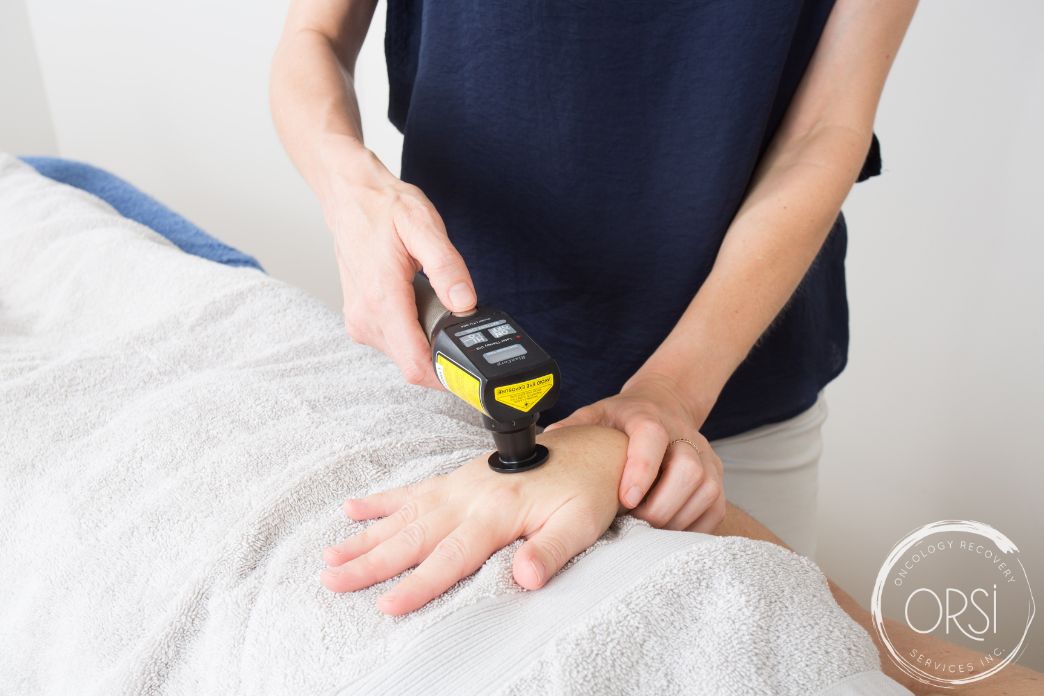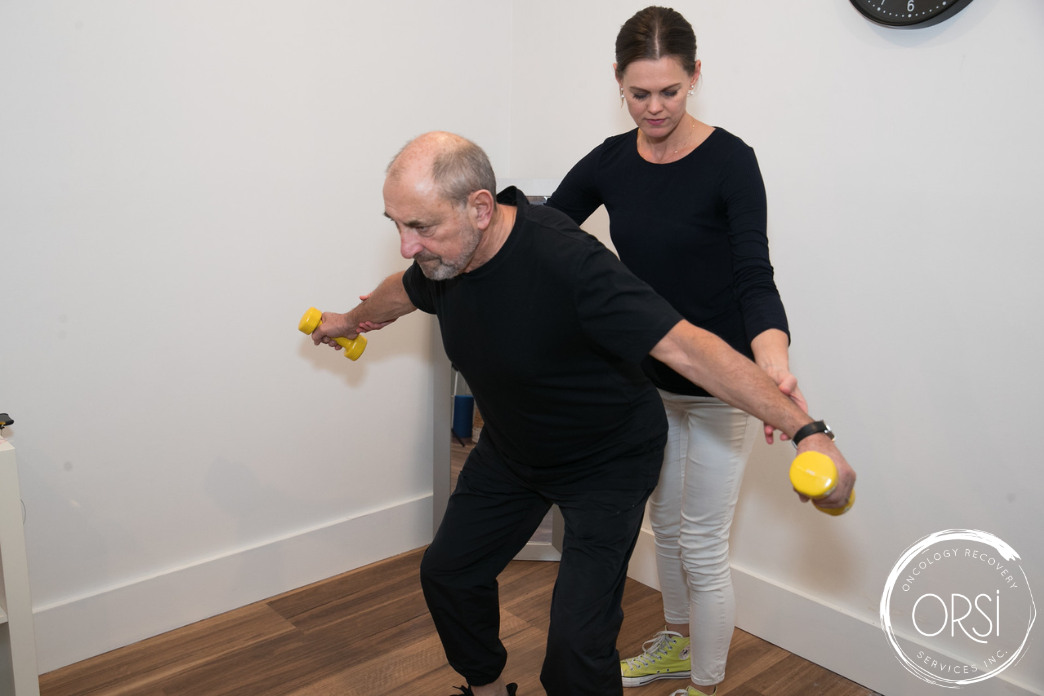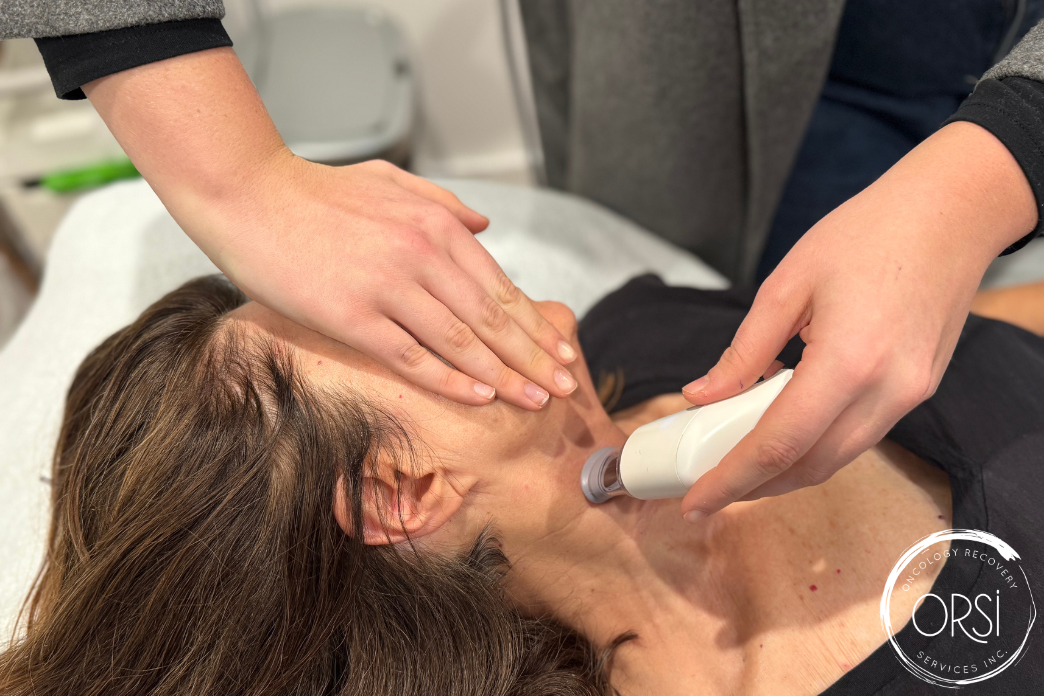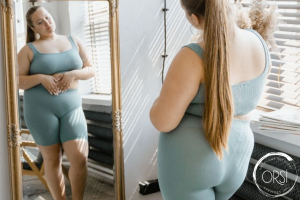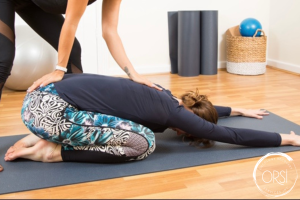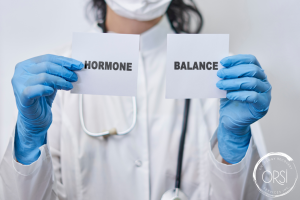The Role of Low Level Laser Therapy in Post-Operative Scar and Lymphoedema Management
Recovering from cancer treatment often brings a host of physical challenges – among them, post-surgical scarring and lymphoedema. These issues can impact comfort, function, and self-esteem long after active cancer treatment has ended. Fortunately, advances in rehabilitation therapies allow us to address these limitations. One such modality is Low Level Laser Therapy (LLLT).
What Is Low Level Laser Therapy?
Also known as photobiomodulation, LLLT involves applying low-intensity laser or light-emitting diodes (LEDs) to the skin. This painless, non-invasive treatment stimulates cellular repair and regeneration without heating or damaging tissue.
LLLT has been used in various clinical settings, from wound healing to chronic pain management -and increasingly in oncology rehabilitation, particularly for scar management and lymphoedema.
The Benefits of Low Level Laser Therapy for Post-Operative Scar Management
After surgery such as mastectomy, lumpectomy, or lymph node dissection, scar tissue can become tight, thickened, and uncomfortable. These changes can restrict mobility, contribute to pain, and serve as a visual reminder of the cancer experience. LLLT can be used immediately after surgery and over dressings such as silicone tape to optimise scar healing.
Low Level Laser Therapy can assist in scar management by:
- Reducing fibrosis and improving tissue flexibility
The light energy helps soften dense scar tissue and improve collagen alignment, leading to more pliable and mobile scars. - Decreasing pain and hypersensitivity
By modulating nerve activity, LLLT can reduce neuropathic sensations and improve comfort in the surgical area. - Supporting faster tissue healing
LLLT enhances cellular metabolism and increases blood flow, which helps accelerate the healing process.
Patients often report improvement in scar texture and appearance, with reduced redness, thickening, and sensitivity after a series of treatments.
The Benefits of Low Level Laser Therapy for Lymphoedema Management
Lymphoedema, particularly in the arm or chest wall after breast cancer treatment, can be a persistent and distressing side effect. LLLT offers a supportive therapy that complements standard management strategies such as compression, manual lymphatic drainage (MLD), and exercise.
How Low Level Laser Therapy Assists Lymphoedema
- Reduces tissue fibrosis
Chronic lymphoedema can lead to hardening of tissues over time. LLLT has been shown to reduce fibrotic changes, improving tissue mobility and response to MLD. - Improves lymphatic flow
LLLT stimulates the lymphatic vessels at a cellular level, encouraging fluid movement and reducing limb volume. - Relieves pain and inflammation
The anti-inflammatory effects of LLLT can help alleviate discomfort and aching often associated with lymphoedema.
Research, including findings from the PREVENT study and other clinical trials, supports the safe use of LLLT for mild to moderate lymphoedema. It is most effective when applied early, before significant fibrotic changes occur.
What to Expect During Treatment
LLLT is quick, painless, and safe. A handheld device is used to deliver the light therapy to the affected area applied for one minute per treatment spot. Treatment duration is depending on area treated however it is often used in conjunction with hands on manual therapy to optimise results.
A Gentle Yet Powerful Tool in Recovery
At Oncology Recovery Services, we use evidence-based technologies like Low Level Laser Therapy to support healing and comfort at every stage of the cancer journey. Whether you’re struggling with painful scars or early lymphoedema, LLLT can be a gentle yet powerful addition to your personalised rehabilitation plan.
If you’re interested in learning more or exploring whether Low Level Laser Therapy is right for you, please contact us for an assessment. We’re here to help you recover with confidence and care.
References
- Baxter, G.D., Bleakley, C. and McDonough, S., 2008. Clinical effectiveness of laser therapy in the management of musculoskeletal conditions: a systematic review. Physical Therapy Reviews, 13(1), pp.23-49.
https://doi.org/10.1179/174328808X250505 - Bjordal, J.M., Bensadoun, R.J., Tunér, J., Frigo, L., Gjerde, K. and Lopes-Martins, R.Á.B., 2010. A systematic review with meta-analysis of the effect of low-level laser therapy (LLLT) in cancer therapy-induced oral mucositis. Supportive Care in Cancer, 19(8), pp.1069–1077.
https://doi.org/10.1007/s00520-010-0892-6 - Piller, N. and Thelander, A., 2004. Treatment of chronic postmastectomy lymphoedema with low level laser therapy: a 2.5 year follow-up. Lymphology, 37(4), pp.178–181.
[PMID: 15704530] - Smoot, B., Chiavola-Larson, L., Lee, J., Manibusan, H. and Allen, D.D., 2015. Effect of low-level laser therapy on pain and swelling in women with breast cancer–related lymphedema: a systematic review and meta-analysis. Journal of Cancer Survivorship, 9(2), pp.287–304.
https://doi.org/10.1007/s11764-015-0402-2 - Cancer Council Australia, 2023. Understanding Lymphoedema: A guide for people with cancer. [online] Available at: https://www.cancer.org.au/ [Accessed 26 May 2025].
- Ridner, S.H., Dietrich, M.S., Cowher, M.S., Taback, B., Mccarthy, B. and Vanhoose, L., 2019. A prospective study of a preoperative assessment model for breast cancer–related lymphedema. Lymphatic Research and Biology, 17(5), pp.550–556.
https://doi.org/10.1089/lrb.2018.0086
